Biophilia is obviously not a new concept. The term biophilia was used by German-born American psychoanalyst Erich Fromm in The Anatomy of Human Destructiveness (1973), which described biophilia as “the passionate love of life and of all that is alive.”
The term was later used by American biologist Edward O. Wilson in his work Biophilia (1984), which proposed that the tendency of humans to focus on and to affiliate with nature and other life-forms has, in part, a genetic basis. And that the relatively recent forces of urbanization and industrialization have led to a profound disconnection from the natural world that hurts human health and mental wellness and the entire natural ecosystem

The biophilia hypothesis submits that most humans have an innate love of nature—we long for it and without connecting with it, our health could suffer. So, biophilic design is an applied solution to appease this desire for nature by merging natural elements and processes into the built environment.
Biophilia as an intentional focus in design is actually a very recent movement. And now, the pandemic and escalating environmental destruction have put an unprecedented new value on nature. Biophilic design experiments are at a tipping point, and the concept is transforming cities, home design, workplaces and hotels.
“If design doesn’t focus on aspects of the natural world that contribute to human health and productivity in the age-old struggle to be fit and survive, it’s not biophilic” – Stephen R. Kellert
The dominant approach to modern building and landscape design largely treats nature as either an obstacle to overcome or a trivial and irrelevant consideration. The result has been an increasing disconnect between people and nature in the built environment reflected in inadequate contact with natural light, ventilation, materials, vegetation, views, natural shapes and forms, and in general beneficial contact with the natural world. Much of the built environment today is so sensory deprived, it is sometimes reminiscent of the barren cages of the old-fashioned zoo, now ironically banned as “inhumane” (Heerwagen in Kellert and Finnegan, 2011).
Biophilic design can be implemented at the community, building, or small-project level. And if done right, the design should trigger a strong positive impact on our health and well-being.
The challenge of biophilic design is to address these deficiencies of contemporary building and landscape practice by establishing a new framework for the satisfying experience of nature in the built environment. Biophilic design seeks to create good habitat for people as a biological organism in the modern built environment that advances people’s health, fitness and wellbeing.
The successful application of biophilic design necessitates consistently adhering to certain basic principles.
These principles represent fundamental conditions for the effective practice of biophilic design.
They include:
- Biophilic design requires repeated and sustained engagement with nature.
- Focuses on human adaptations to the natural world that over evolutionary time have advanced people’s health, fitness and wellbeing.
- Encourages an emotional attachment to particular settings and places.
- Promotes positive interactions between people and nature that encourage an expanded sense of relationship and responsibility for the human and natural communities.
- Encourages mutual reinforcing, interconnected, and integrated architectural solutions.
Biophilic design further seeks to sustain the productivity, functioning and resilience of natural systems over
time. Alteration of natural systems inevitably occurs as a result of major building construction and development.
Moreover, all biological organisms transform the natural environment in the process of inhabiting it.
The question is not whether ecological change occurs, but rather will the net result over time be a more
productive and resilient natural environment.
The successful application of biophilic design should also result in a wide spectrum of physical, mental and
behavioural benefits. Physical outcomes include enhanced physical fitness, lower blood pressure, increased
comfort and satisfaction, fewer illness symptoms, and improved health. Mental benefits range from increased
satisfaction and motivation, less stress and anxiety, to improved problem solving and creativity. The positive behavioural changes include better coping and mastery skills, enhanced attention and concentration, improved social
interaction, and less hostility and aggression.
Another distinguishing feature of biophilic design is its emphasis on the overall setting or habitat and NOT a single or isolated occurrence of nature. All organisms exist within connected and related environments bound together as integrated wholes or ecosystems. When the habitat functions in the best interests of the organism, the ecosystem perform at a level greater than the sum of its individual parts. Thus, simply inserting an object of nature into a human-built environment, if unrelated or at variance with other more dominant characteristics of the setting, exert little positive impact on the health and performance of the people who occupy these spaces.
The fundamental challenge of biophilic design is to address these deficiencies in the modern built environment by initiating a new framework for the beneficial occurrence of nature.
Three kinds of experience of nature represent the basic categories of our biophilic design framework. These include the direct experience of nature, the indirect experience of nature, and the experience of space and place.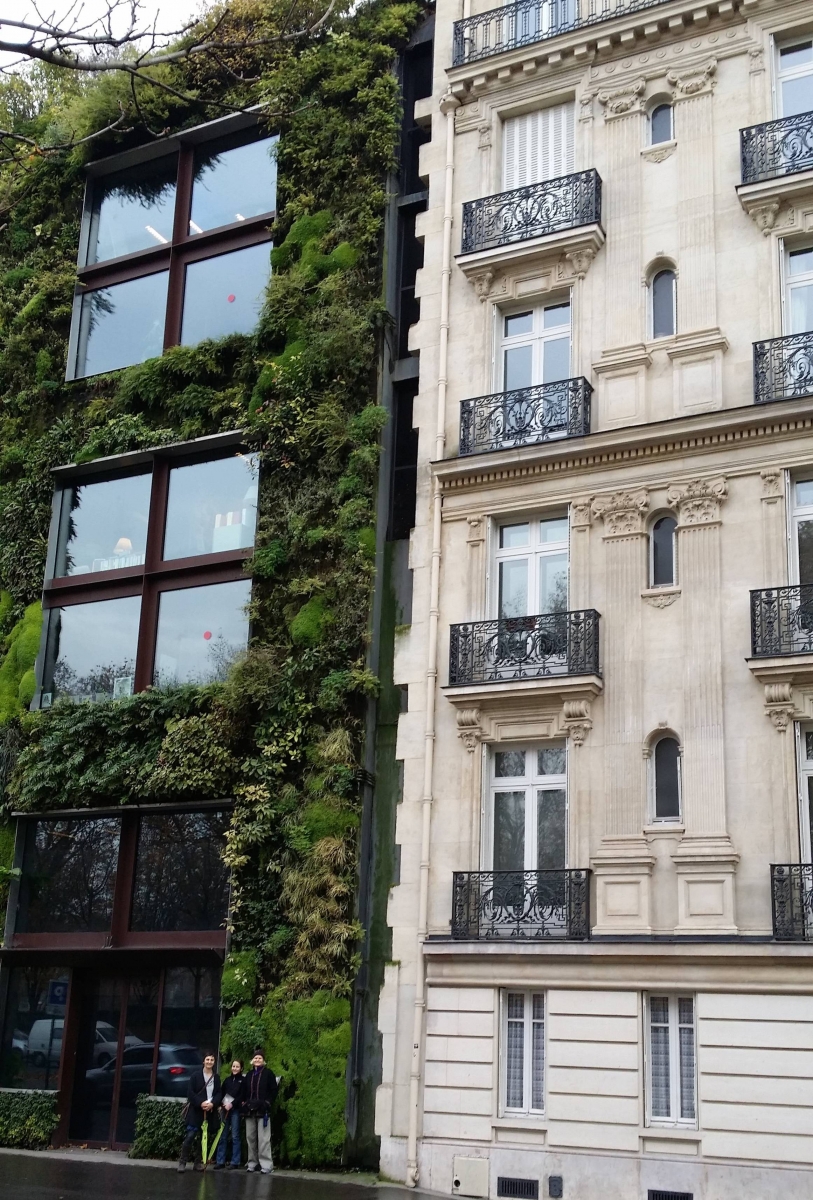
The direct experience of nature refers to actual contact with environmental features in the built environment including natural light, air, plants, animals, water, landscapes, and others that will be described.
The indirect experience of nature refers to contact with the representation or image of nature, the transformation of nature from its original condition, or exposure to particular patterns and processes characteristic of the natural world. These include pictures and artwork, natural materials such as wood furnishings and woolen fabrics, ornamentation inspired by shapes and forms occurring in nature, or environmental processes that have been important in human evolution such as aging and the passage of time, information richness, natural geometries, and others.
Finally, the experience of space and place refers to spatial features characteristic of the natural environment that have advanced human health and wellbeing.
It is important to realize that biophilic design is more than just a new way to make people more efficient by applying an innovative technical tool. The successful application of biophilic design fundamentally depends on adopting a new consciousness toward nature, recognizing how much our physical and mental wellbeing continues to rely on the quality of our connections to the world beyond ourselves of which we still remain a part.


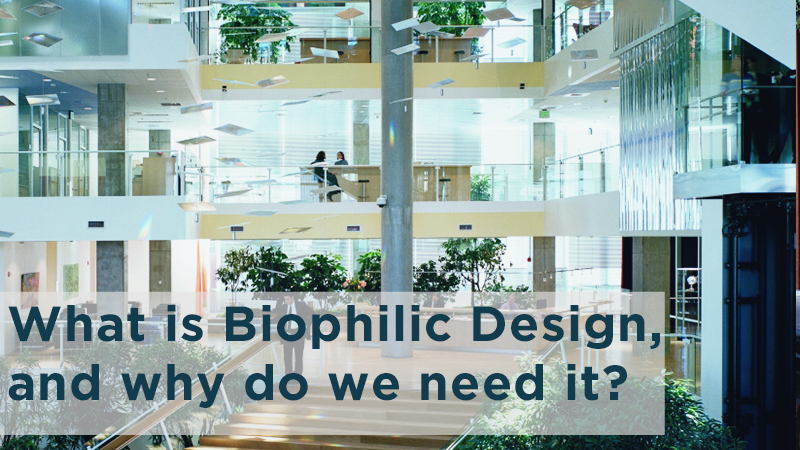
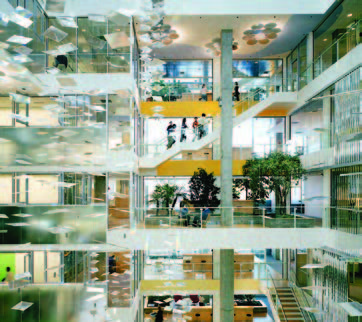

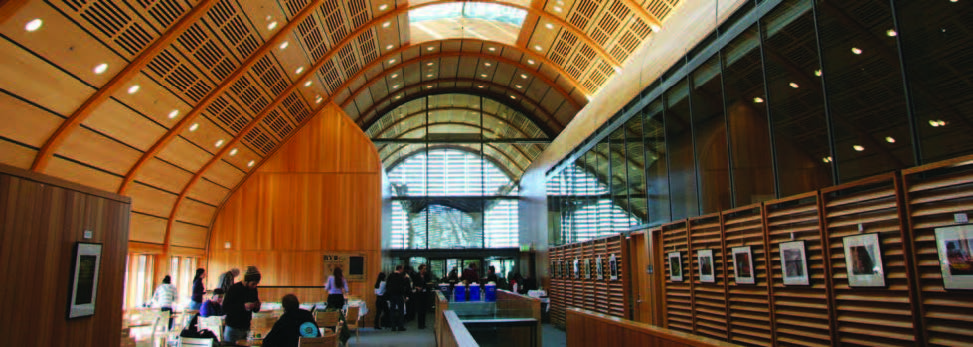
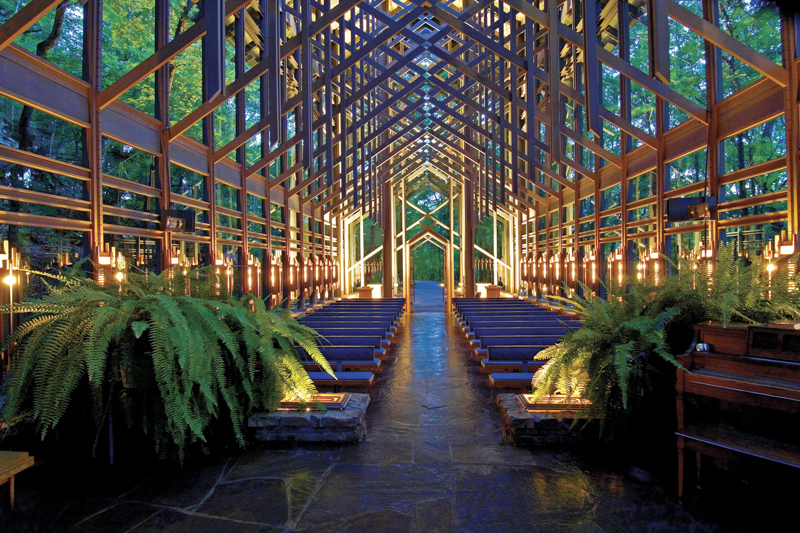

Leave A Comment
You must be logged in to post a comment.